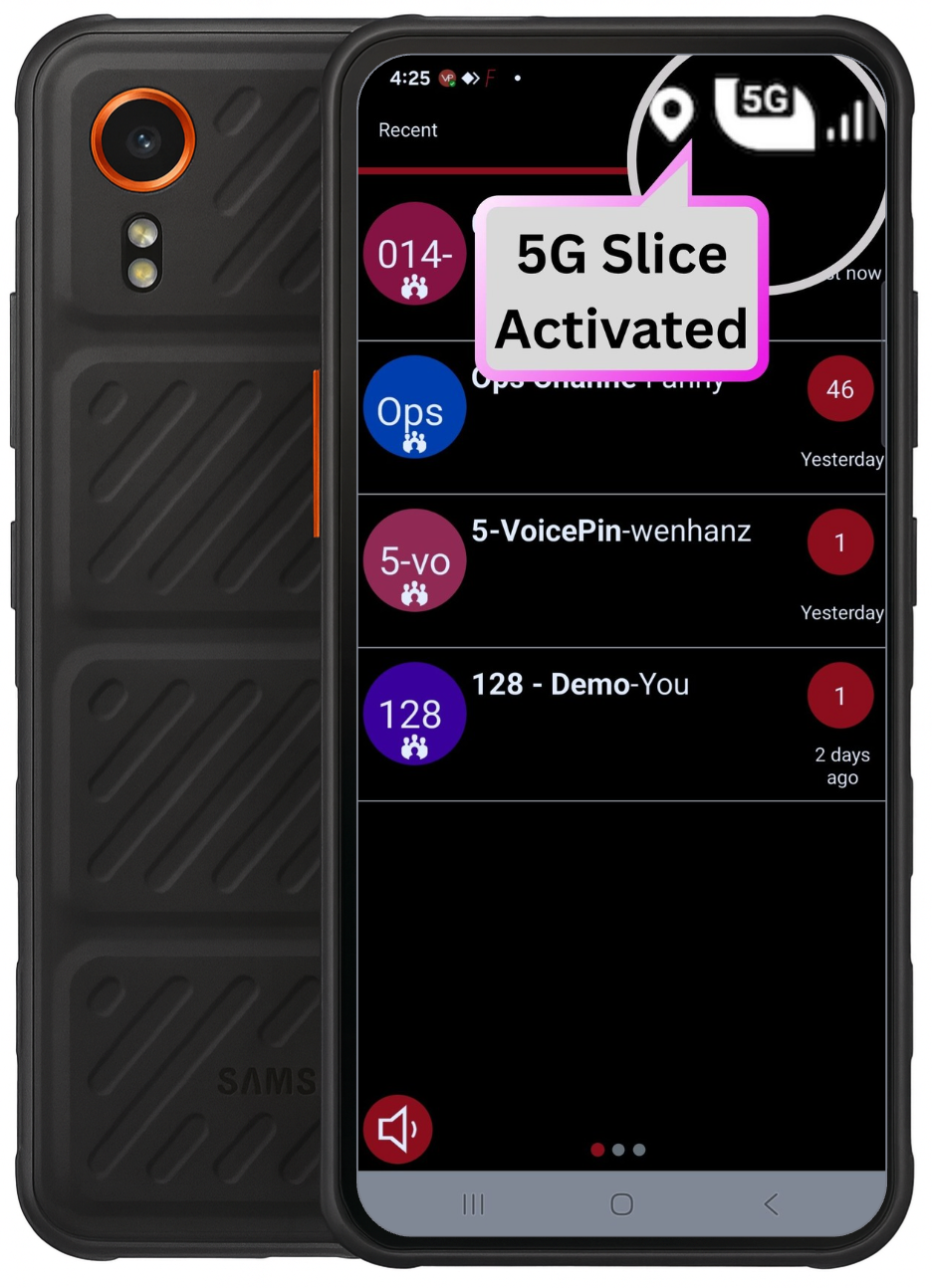Retirement of the iDEN Networks and Potential Impact to PTT Customers
- fanny014
- Mar 3, 2015
- 4 min read
Updated: Nov 21, 2021
What you should know about the upcoming obsolesce of Singapore's iDEN Technology and what should customers look for in their migration.
State of iDEN in Singapore
The Integrated Digital Enhanced Network (iDEN) technology was originally developed by Motorola Solutions and provided its users the benefits of a trunked radio system and cellular-like telephone services. With cellular technology rapidly evolving in favor of 3G and, iDEN is slowly being phased out in many countries. This prompted countries with existing iDEN technology to retire legacy networks which users to search for a replacement service.
The main imptus for the retirement of iDEN PTT infrastructure is due to the re-farming of the 800MHz band, possibly even including 806- 821/851-866MHz which is used primarily for trunked radio services.
In a speech at the Opening Ceremony of the 13th ASEAN Telecommunications and Information Technology Ministers Meeting (TELMIN), Singapore Prime Minister Lee Hsien Loong stated the importance of ICT (information and communications technology) and the strengthening of Regional ICT cooperation. Part of what he discussed was about harmonising the 700MHz band for mobile broadband services. ASEAN is aiming to switchover from analogue to digital broadcasting by 2020, freeing up the 700MHz band which will make more spectrum available for mobile broadband services, thereby improving the mobile broadband network's data capacity and indoor coverage and thus the consumer experience.
This idea has been seconded by the IDA (Infocomm Development Authority of Singapore) in their consultation paper about the proposed allocation of spectrum for IMT (international Mobile Telecommunications) to enhance mobile competition. The paper focuses on potential spectrum allocations for mobile services, proposing the re-farming of the 800MHz band as well. If pushed through, this will have an enormous impact on the iDEN/PTT operator and their customers in Singapore.
Singapore’s only IDEN operator, has expressed concern about this in their response to the IDA (Infocomm Development Authority of Singapore) consultation paper about the proposed allocation of spectrum for IMT (international Mobile Telecommunications) to enhance mobile competition.
Here are some quotes from Singapore's PTT operator response to IDA
“While [we have] no objection to the co-existence of mobile services within the 800MHz band, we have serious concern if IDA were to re-farm part of 806 – 821/851 - 866MHz for mobile services as [we are] currently using this band for the trunked radio services. This will have huge impact to our current users as well as other private trunked radio users”
“Huge proportion of the investment in the existing technology would have to be written off and requires new funding for a replacement technology. New investment includes and not limited to network switches, base stations, and infrastructures e.g. antenna, in-building active components and customers’ handsets/devices. All the above-mentioned need to be swapped out during the migration.”
Global retirement of iDEN based networks
Singapore is not the only country following, and affected by, this legacy retirement trend. Advanced countries in continents like North America have been too, with unfavorable results to certain companies. In the United States and Canada, PTT service users dependent on the iDEN network scrambled looking for a new provider when the likes of Nextel Communications Inc. in the US and TELUS Communications from Canada shut down their network in 2013.
Nex-tel was a wireless service operator (later on merged with Sprint Corporation) that used iDEN. In late 2010, already known as Sprint Nextel, they announced plans to decommission their iDEN network, officially shutting it down on June 30, 2013.
Clients suffered service degradations during the migration process up until the cancellation, making their Nextel handsets virtually useless. Companies that have installed Nextel in-building systems to enhance the indoor use of their iDEN push-to-talk devices were left without in-building enhancement. Hundreds of thousands of customers, both new and loyal ones, were alienated and later lost as the difficulty and inconvenience of the migration drove them to look for better alternatives.
Sprint's former CEO Dan Hesse admitted the number of contract customers they lost reached 459,000, although the actual figure may even be higher. Repercussions of Sprint Nextel's iDEN shutdown eventually reached Canada and its own TELUS communications, who had a number of PTT users roaming from the US. Without any iDEN network support, roaming TELUS users found their handsets useless in US soil. That may have been the last nail on the coffin for TELUS's iDEN service. Although their reps say it will happen on 2015 or 2016, TELUS has yet to announce when they will actually end their PTT service-marketed under the "MIKE" brand.
TELUS did admit to having ceased marketing their MIKE products and turning down new customers on their iDEN network. As of February 2015, on Telus' website for businesses, no MIKE phone and MIKE service plans are mentioned as being available for purchase. Facing uncertainty, clients using TELUS MIKE products are becoming cautious in investing significant additional money in any iDEN components. And sooner rather than later, they will decide to replace their dated systems with the latest, state-of-the-art solutions.
Customers should evaluate walkie talkie 2.0 solutions that brings increased communication benefits
Ultimately, whether it's in Singapore or any place else in the world, older and limited technology will be replaced. The natural progression from the old to newer and better technology is inevitable, leaving those affected with an uncertain future.
Users with services still relying on legacy systems like iDEN should be wary in terms of signing long term contracts. As early as possible, they must avoid the confusion and inconvenience encountered during legacy migration and consider a newer, better, faster, AND smarter alternative.
They must look for the latest technologies and plan proactively for changes, upgrading to a new service provider and user training, as well as a new solution with deployment and support offering the benefits of PTT and MORE.




Comments